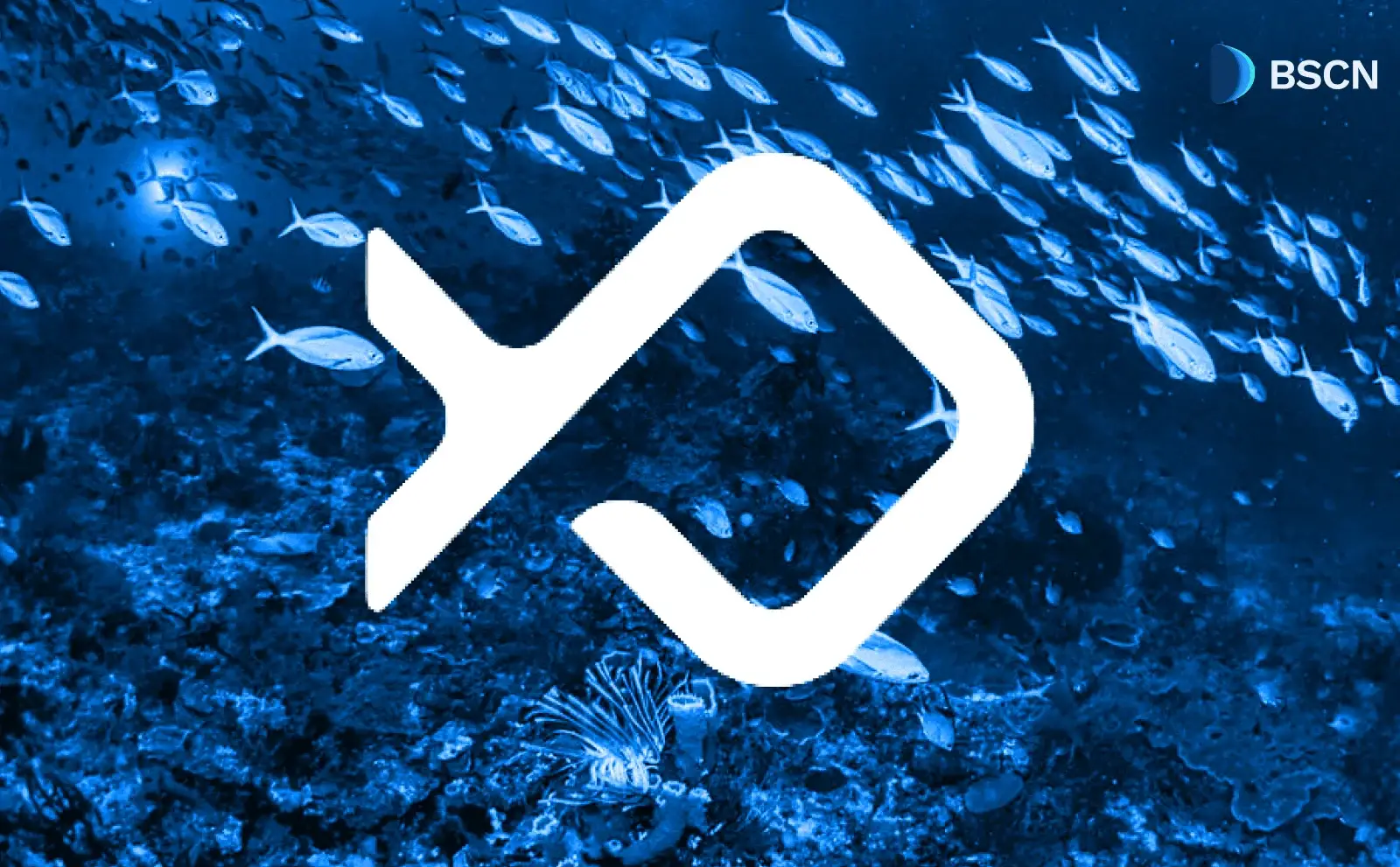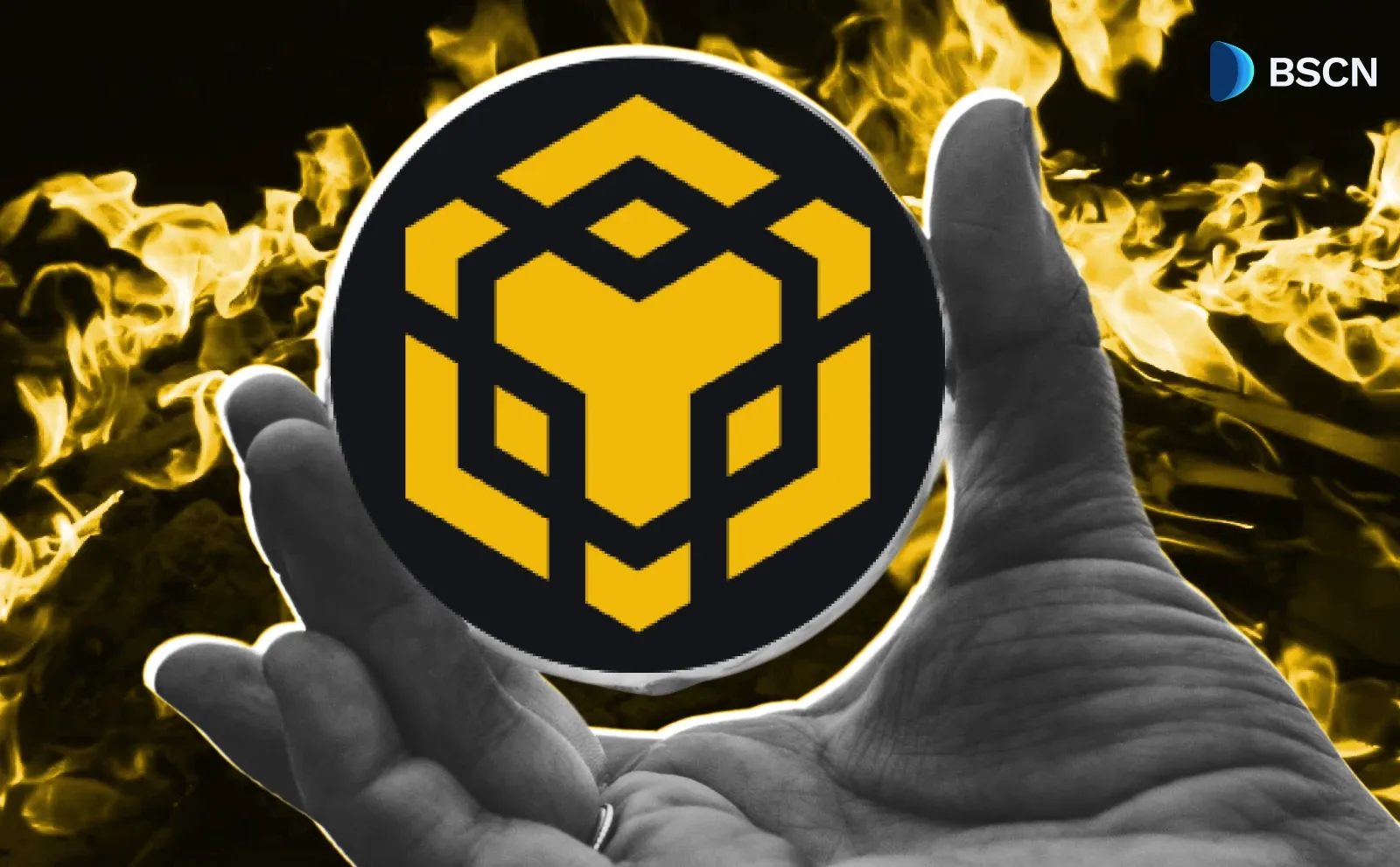Research
(Advertisement)
Top Memecoin Plays for 2026 on Promising Layer 1 Blockchains

Analysis of Layer 1 blockchains Sui, Avalanche, Tron, and Kaspa for memecoin ecosystems in 2026, emphasizing scalability, TVL, and developer engagement
UC Hope
September 3, 2025
(Advertisement)
Table of Contents
Predicting top memecoin plays for 2026 remains speculative due to the sector's volatility and reliance on short-term market sentiment. However, analysis can identify promising Layer 1 blockchains with metrics such as total value locked and transaction speeds that support memecoin ecosystems.
Among these chains, Sui, Avalanche, Tron, and Kaspa exhibit indicators of sustained activity, including rising developer engagement and token standards that facilitate the launch of memecoin projects. On these networks, current leaders like Sudeng on Sui, Coq Inu on Avalanche, Sundog on Tron, and Nacho on Kaspa provide examples of memecoins with established market caps and community support that could influence trends into 2026.
Let us dive into these Layer 1 ecosystems and explore these top memecoins with promise going into 2026 and beyond. Nonetheless, it is essential to note that this content is not financial advice, but rather research based on underlying metrics from trusted aggregators, including DefiLlama, CoinMarketCap, and Coingecko, across these Layer 1 platforms.
Sui: A Layer 1 Blockchain Built for High-Volume Transactions
Sui operates as a Layer 1 blockchain, utilizing a proof-of-stake consensus mechanism and the Move programming language to facilitate parallel transaction processing. This design allows the network to achieve up to 300,000 transactions per second with sub-second finality, addressing scalability issues common in earlier blockchains.
As of writing, Sui's total value locked stands at approximately $2.6 billion, reflecting a significant increase in Decentralized Finance (DeFi) activity during the second quarter of the year. The network's Decentralized Exchange (DEX) volume also surpassed $10 billion in the same period, indicating robust liquidity for token trading. Meanwhile, Institutional interest has grown, with exchange-traded fund filings and native stablecoin integrations like USDC contributing to ecosystem expansion.
These factors position Sui as a platform where memecoins can thrive, thanks to low transaction fees and tools that simplify token creation.
Sudeng (HIPPO): Sui's Leading Memecoin with Community and Philanthropic Ties
Sudeng ranks as the top memecoin on Sui with a market capitalization exceeding $17 million as of September 2025. The token draws inspiration from the pygmy hippo Moo Deng, a viral animal figure that gained traction on social platforms in 2024.
The memecoin has attracted over 70,000 holders, per Suiscan, and maintains active engagement through more than 350,000 followers on X. Its tokenomics include a total supply of 10 billion tokens, with mechanisms for liquidity provision on decentralized exchanges like Cetus and Turbos. The project allocates a portion of transaction fees to wildlife conservation efforts, adding a layer of social utility beyond typical memecoin speculation.
Listings on centralized exchanges, such as MEXC and Bybit, including Binance Alpha, have enabled leveraged trading, contributing to its price correction from an all-time low two months ago. Nonetheless, the token is still down by almost 70% since the start of 2025.
MemeFi (MEMEFI): A Tap-to-Earn Gaming Token on Sui
MemeFi holds a market capitalization of $15.95 million, making it a notable runner-up in Sui's memecoin landscape. Launched on November 12, 2024, the token serves as the native asset for a Telegram-based tap-to-earn game that combines meme culture with play-to-earn mechanics.
Its circulating supply totals 10 billion tokens, matching the total supply, with 90% allocated to the community through airdrops, staking, and in-game rewards, promoting scarcity and user participation. MemeFi integrates with Sui's decentralized finance tools and low-cost network, enabling features such as governance voting and in-game purchases during raids against meme-themed bosses. The token has seen adoption in gaming applications on Sui, where users tap to earn rewards and join clans for competitive events.
Avalanche: Modular Design Supporting Custom Subnets
Avalanche employs a unique consensus protocol that enables sub-second finality and processes thousands of transactions per second through its three-chain architecture: the X-Chain for asset transfers, the P-Chain for staking, and the C-Chain for smart contracts. The network's total value locked reached $1.5 billion by mid-2025, with peaks of $2.8 billion in September.
Avalanche's subnets allow developers to create isolated chains tailored for specific use cases, including memecoin ecosystems. In 2025, programs such as the $1 million Memecoin Rush liquidity initiative and the Culture Catalyst Fund have allocated resources to support token launches, resulting in over 20 million daily transactions across the network. Ethereum Virtual Machine compatibility has facilitated migrations from other chains, boosting memecoin activity with fees averaging $0.05 per transaction.
Coq Inu (COQ): Avalanche's Community-Governed Memecoin
Coq Inu leads Avalanche's memecoin category with a market capitalization above $30M. The token operates under community governance, where holders vote on treasury allocations through the Akita DAO.
With over 100,000 holders, COQ benefits from Avalanche Foundation incentives that provide liquidity boosts. Its tokenomics feature a 69 trillion total supply, with staking rewards distributed via decentralized pools on Trader Joe. Listings on exchanges like KuCoin and Bybit support spot and futures trading. Further, the memecoin’s integration with Avalanche's subnets enables custom memecoin experiments, such as yield-bearing derivatives.
Kimbo (KIMBO): Dog-Themed Token with Exchange Listings
Kimbo maintains a market capitalization above $1 million as a dog-themed memecoin on Avalanche. The project focuses on social media-driven hype, with campaigns on platforms like X generating user-generated content.
Tokenomics include a 69.4 billion supply cap, with automatic liquidity additions from transaction fees. Kimbo trades on decentralized exchanges like Pangolin and has centralized listings that enhance accessibility. In 2025, the token participated in Avalanche's ecosystem grants, funding community events and integrations with non-fungible token marketplaces.
Tron: Stablecoin Dominance and Memecoin Launchpads
Tron utilizes a delegated proof-of-stake consensus to process up to 2,000 transactions per second, with a total value locked of $6 billion as of mid-2025. The network leads in stablecoin transfers, particularly USDT on the TRC-20 standard, which accounts for a significant portion of its on-chain volume.
In 2025, the SunPump launchpad facilitated the deployment of memecoin, generating $1.1 million in revenue within days and surpassing competitors in terms of launch volume. Tron's $10 million Meme Ecosystem Boost program provides grants for token projects, contributing to over 313 million user accounts and 10.6 billion transactions processed. Low fees, often below $0.001, and regional adoption in Asia support memecoin trading.
Sundog (SUNDOG): Tron's Breakout Dog-Themed Token
Sundog remains one of the top memecoins to watch in 2026, boasting a market capitalization of over $35 million. Launched on SunPump in 2024, the dog-themed token experienced surges from $50 million to higher valuations driven by large investor positions.
Backed by Tron founder Justin Sun, Sundog incorporates anti-rug-pull measures, such as bonded liquidity curves. Its tokenomics feature a 1 billion supply, with community airdrops and staking pools on JustLend. Trading volume in 2025 has benefited from Tron's high-throughput network, enabling rapid executions during periods of high demand.
Suncat (SUNCAT): Deflationary Cat-Themed Memecoin
Suncat boasts a market capitalization of $1.2 million as a deflationary cat-themed token on the Tron blockchain. The project incorporates NFT utilities and allocates fees to environmental charities. Tokenomics involve burns on each transaction, reducing the 1 billion initial supply over time. Launched via SunPump, Suncat witnessed early price gains supported by Tron's ecosystem incentives. However, the memecoin has recently undergone a CTO transition.
Kaspa: Proof-of-Work Network with BlockDAG Structure
Kaspa employs a proof-of-work consensus with a block directed acyclic graph structure, achieving 10 blocks per second and targeting 100 blocks per second. The network's total value locked remains low in its emerging phase, but the 2025 Crescendo upgrade has improved speed and introduced KRC-20 token standards for memecoins.
Kaspa's fair launch and energy-efficient mining have facilitated over 130 million KRC-20 transactions, positioning it for growth in decentralized finance, despite not yet having full smart contract support. In 2025, the network processes transactions at fees under $0.001, appealing to memecoin traders seeking alternatives to congested chains.
Nacho: Leading KRC-20 Memecoin on Kaspa
Nacho ranks as Kaspa's top memecoin, boasting a $12 million market capitalization and utilizing the KRC-20 standard for fair distribution. The token focuses on community-driven initiatives, with holders participating in governance via off-chain forums. Nacho's tokenomics include a fixed supply, traded on decentralized exchanges built on Kaspa's layer. It serves as a benchmark for KRC-20 adoption, with potential for 10x growth as Kaspa scales.
Kango: Emerging KRC-20 Token with Viral Appeal
Kango, another KRC-20 memecoin, has a $3 million market capitalization and emphasizes viral marketing themes. The token's distribution model prioritizes airdrops to early miners, integrating with Kaspa's proof-of-work ecosystem. Kango trades on nascent platforms, benefiting from Kaspa's high block rate for quick confirmations.
Conclusion
These Layer 1 blockchains demonstrate capabilities in scalability, with Sui handling 300,000 transactions per second, Avalanche supporting custom subnets, Tron maintaining $6 billion in total value locked, and Kaspa achieving 10 blocks per second via block directed acyclic graph.
However, their top memecoins have experienced a significant decline; however, they are backed by community governance, launchpads like SunPump, and token standards such as KRC-20. These elements provide infrastructure for memecoin activity, although risks such as volatility persist.
Sources:
- CoinGecko: https://www.coingecko.com
- CoinMarketCap:https://coinmarketcap.com
- DeFiLlama: https://defillama.com
- TRON Memecoin Ecosystem Boost Program: https://www.binance.com/en/square/post/2024-08-15-tron-launches-10-million-meme-ecosystem-incentive-program-12201172172474
Read Next...
Frequently Asked Questions
What are the top memecoins on Sui for potential 2026 plays?
Sudeng (HIPPO) leads with a $17 million market capitalization and philanthropic ties, while MemeFi follows with $15 million.
Which Avalanche memecoins show strong ecosystem support in 2025?
Coq Inu (COQ) boasts a market capitalization of hundreds of millions and governance via Akita DAO, supported by Avalanche's $1 million Memecoin Rush program.
Why is Tron a keychain for memecoins heading into 2026?
Tron's $6 billion TVL and SunPump launchpad enable rapid token deployments, with Sundog (SUNDOG) at $35 million exemplifying its stablecoin-driven liquidity.
Disclaimer
Disclaimer: The views expressed in this article do not necessarily represent the views of BSCN. The information provided in this article is for educational and entertainment purposes only and should not be construed as investment advice, or advice of any kind. BSCN assumes no responsibility for any investment decisions made based on the information provided in this article. If you believe that the article should be amended, please reach out to the BSCN team by emailing [email protected].
Author
 UC Hope
UC HopeUC holds a bachelor’s degree in Physics and has been a crypto researcher since 2020. UC was a professional writer before entering the cryptocurrency industry, but was drawn to blockchain technology by its high potential. UC has written for the likes of Cryptopolitan, as well as BSCN. He has a wide area of expertise, covering centralized and decentralized finance, as well as altcoins.
(Advertisement)
Latest News
(Advertisement)
Crypto Project & Token Reviews
Project & Token Reviews
Comprehensive reviews of crypto's most interesting projects and assets
Learn about the hottest projects & tokens

















